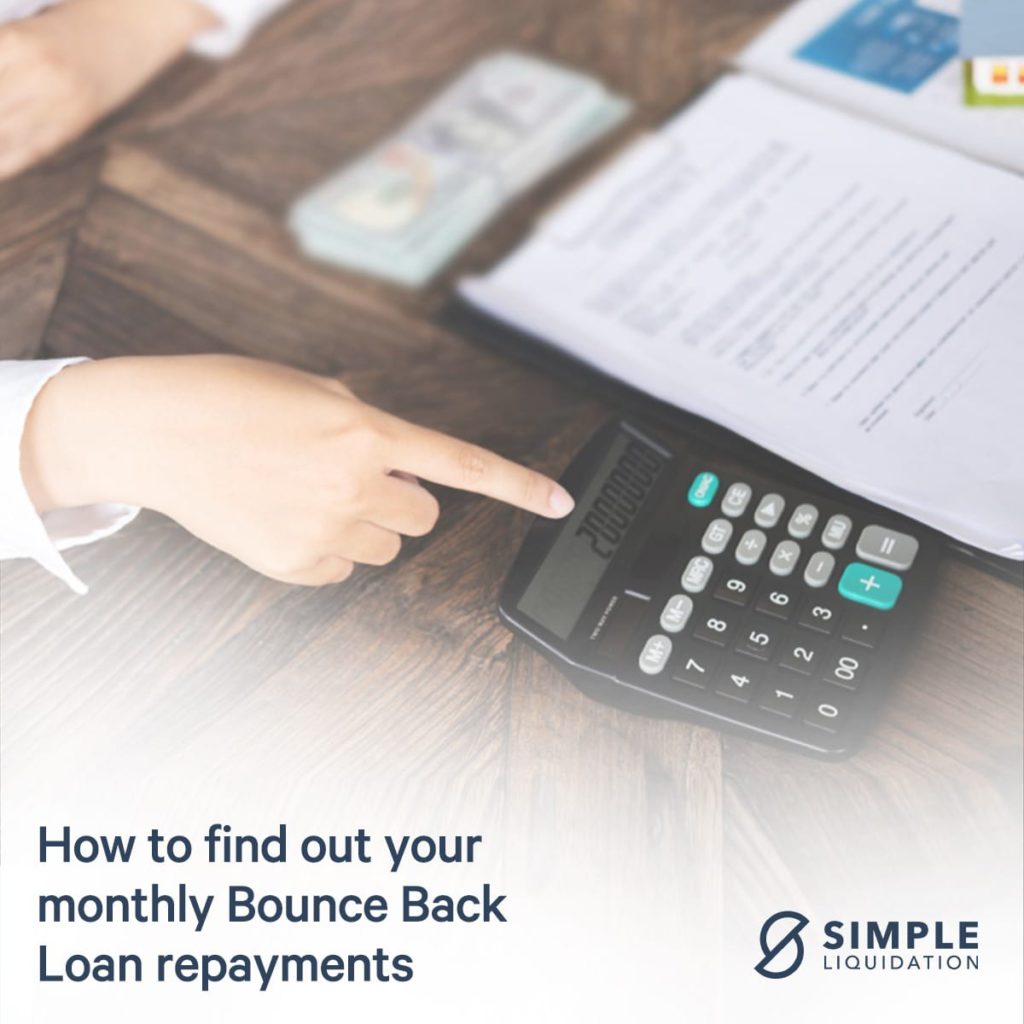In April 2020, the government launched their Bounce Back Loan Scheme (BBLS) to help small and medium-sized businesses through the coronavirus pandemic. It allowed companies to borrow up to £50,000, depending on turnover, at a very low-interest rate and without having to pay a penny towards paying back the loan for 12 months.
The government collaborated with leading banks and financial firms who offered and managed the BBLS initiative, including Natwest, TSB and the HSBC Bounce Back Loan.
In May 2021, some of the first receivers started to pay back their loans but as it became clear that Covid-19 was still with us and with many restrictions still in place, recovery for businesses was extremely slow. So the government announced their Pay As You Grow (PAYG) scheme, where companies were able to get support in paying back their loans, including extending the loan period.
What was the Bounce Back Loan Scheme?
The Bounce Back Loan Scheme was a government-backed lending scheme specifically for sole traders, and small and medium-sized businesses to help them through the coronavirus pandemic. The Government worked with several leading financial institutions, including NatWest, Santander, TSB, Barclays and the HSBC Bounce Back Loan, to lend from £2,000 up to 25% of the business’s turnover (a maximum of £50,000).
There were several benefits to the Bounce Back loan:
- Businesses didn’t start making repayments for 12 months.
- The Government 100% guaranteed the loan and paid the first year’s interest to the lender.
- The low-interest-rate was fixed at 2.5% for the entire period of the loan without penalty.
- It was an unsecured loan and therefore businesses weren’t required to make any personal guarantees nor put up any collateral for the loan.
- There aren’t any early repayment charges, so a business can pay back the loan in less than six years without penalty.
It must be remembered that any business or organisation that received a loan is 100% liable for repaying the loan. Specific criteria had to be met to secure a Bounce Back loan, and any misconduct in securing the loan carried penalties. The type of misconduct included:
- Applying for BBLS for a company that was insolvent or no longer trading.
- Providing false information on the BBLS application.
- Using the BBLS funds for personal benefit.
- Dissolving the company to avoid paying back a BBLS.
The types of penalties the owners/directors of the company would incur include:
- The company being wound up (liquidated) by the court.
- Being disqualified as a director for at least five
- A Court Order being served for the owner/director to pay compensation to their creditors.
HSBC Bounce Back Loan repayment
In total, the government and lending firms approved 1.5 million loans to businesses and organisations between April 2020 and March 2021 in the UK, totalling £47 billion.
To date, 4% of the businesses that received a Bounce Back loan have paid in full; just 7% are in arrears, and only 2% have defaulted. In order to help businesses get back on their feet and to ease the burden of repayments whilst restrictions were still in place, the Government launched a Pay As You Grown (PAYG) scheme in September 2020.
PAYG provided a variety of options to ensure greater repayment flexibility for businesses and to date, 21% of companies have opted for one or more of the options available.
The PAYG scheme explained
As the pandemic continued into a second year and restrictions were still in place, the Chancellor launched a new repayment scheme for businesses and organisations that had secured a Bounce Back loan from the Government. Called Pay As You Grow, it allowed companies to restructure their repayments more favourably and in line with how their business was growing following the impact of coronavirus.
Borrowers are offered three options by their lenders under the PAYG scheme:
- To apply for an extension of the loan term from 6 years to 10 years at the continued fixed rate of interest of 2.5%.
- To reduce their monthly repayments for six months by paying the interest only on the loan for that period. Borrowers are entitled to this option as many as three times during the term of their Bounce Back loan.
- To choose a repayment holiday for a maximum of 6 months. This option is only available once to borrowers.
Borrowers are able to select one or more of the options, depending on their circumstances. It must be remembered that with the repayment holiday or reduced repayment options, borrowers will ultimately end up paying more interest over a longer period of time.
The scheme is managed by the lender, not the Government. Opting for PAYG doesn’t affect the borrower’s credit rating in the future either. However, if borrowers apply for further lending from their lender, it could impact their creditworthiness assessment by the lender.
Bounce Back Loan Calculator
Unfortunately, calculating your repayments on a Bounce Back loan is not as simple as many might have thought. Although there were no arrangement fees to be added to the total loan amount, it wasn’t a straightforward calculation.
The total amount payable included a Business Interruption Payment (BIP) and covered the interest on your loan the Government had paid on your behalf to your lender. Of course, how much the BIP payment depends on the level of the loan being paid back to your lender.
If you’re not sure how much your repayments will be per month, if you haven’t already started paying back your loan, or you want to check that you are paying the correct amount each month, UK Tax Calculators has a very handy Bounce Back Loan Calculator to help you, including a loan extension calculator that will work out your new repayments if you’ve opted for PAYG.
If you are struggling with debt, are considering winding up a solvent company or declaring bankruptcy, contact Simple Liquidation for assistance. For more information on how our professional insolvency practitioners may be able to help your business, contact us today.


